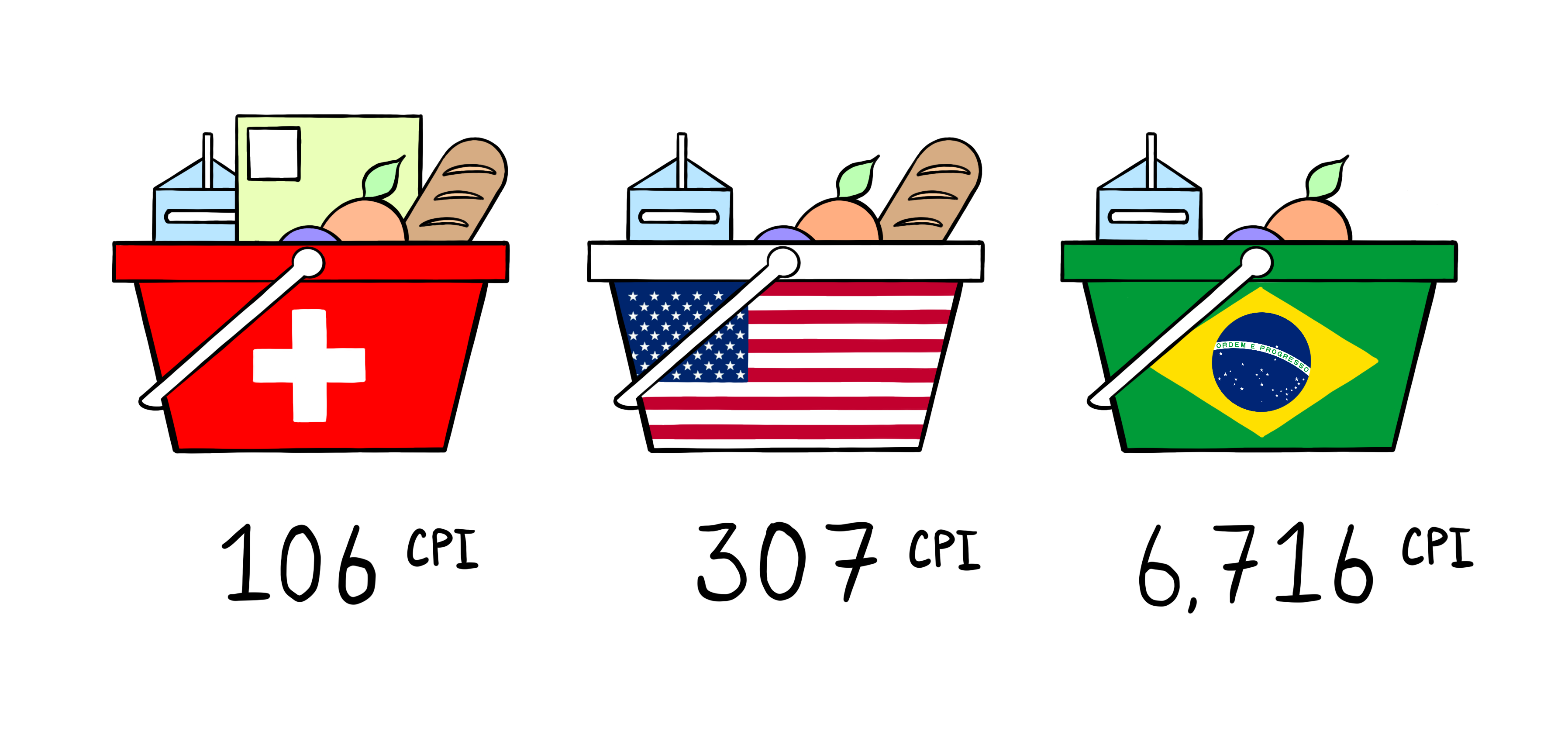Regional pricing for apps & products
Regional pricing is a strategic approach that involves adjusting the pricing of products or services to match the economic conditions and purchasing power of specific countries. This ensures that the price is reasonable and accessible, making it an attractive option for consumers in those areas - increasing your sales and market global market share.
Adapting pricing to be more affordable in specific countries means a higher customer acquisition rate if price is a key concern for your leads and existing audience, which is the case, more often than not. Regional pricing let's you expand your market share while enhancing customer satisfaction and loyalty. This is especially true for digital products and services, where the cost of production is low, and the marginal cost of serving additional customers is negligible.
As an example, a Big Mac medium meal costs $5.66 in the US, but only $2.57 in South Africa. This is because McDonald's has adapted its pricing to match the local economy. This makes the product more accessible and affordable for consumers in South Africa, increasing the likelihood of purchase.
 1. Unlock unexplored markets
1. Unlock unexplored markets Imagine you have a successful app or product with relatively good adoption in a specific country, but acquisition or conversion of customers in other regions isn't looking too good. This might be a pricing problem where purchase power in specific countries is not understood, and your value proposition is failing. This is where regional pricing becomes a strategic tool. By adapting pricing to suit the economic conditions of specific regions, you can tap into previously untapped markets. This not only expands your customer base but also establishes a foothold in diverse economies to weather seasonal purchase behaviour and other geographic related conditions.
2. Convert existing customersWhile attracting new customers is a common goal for businesses, the value of retaining and converting existing customers should not be underestimated. By aligning prices with the local economic landscape, you can gain a competitive advantage by offering lower prices than competitors who don't leverage regional pricing. Existing warm leads and "free" users are more likely to convert to paying customers if the price is right.
3. Build relatability and trustTailoring pricing to match local affordability goes beyond numbers; it reflects an understanding of the economic and cultural context of a specific region. This relevance of your business fosters relatability, as customers feel that you are attuned to their way of life and understands their financial constraints.
How we calculate regional pricingRegional pricing is a complex process of gathering economic data, analyzing it, and adjusting prices per country based on many factors. We use a combination of economic indicators, tangible product indexes, and digital product indexes to calculate regional pricing. Then present recommended prices in attractive formats to maximize conversion. Some of our factors include:
Economic strengthComparing the economic strength of countries involves a multifaceted analysis of the key indicators for a countries economy. Including,
- Exchange ratesExchange rates play a pivotal role in evaluating the relative value of currencies, reflecting the economic health of a nation. A favorable exchange rate can enhance a country's competitiveness in global trade which has a direct impact on cost of goods locally.
- Gross Domestic Product (GDP)Gross Domestic Product measures the total economic output of a country, encompassing the value of all goods and services produced. A robust GDP signifies economic strength and growth and more spending power for consumers.
- Consumer Price Index (CPI)The Consumer Price Index provides insights into the inflationary pressures within an economy, reflecting changes in the cost of living and purchasing power. A stable or moderate CPI indicates economic stability.

Analyzing these indicators collectively creates a comprehensive understanding of a country's economic health, helping with a myriad of business decisions, including accurate regional pricing.
Tangible product indexes & digital product indexesLooking purely at the economic strength of a country is not enough. The cost of production and distribution of a product or service is also a key factor, and how it compares to the local economy is a useful tool to finetune our understanding of purchase power and price perceptions. For tangible products, considering shipping costs, import/export taxes, and local production factors is crucial. For digital products, internet accessibility, and digital infrastructure play a significant role.
We collect data and analyze multiple indexes of consumer goods to understand the relative price expectations, and adjust pricing accordingly. Our indexes include the Economist's Big Mac index, and indexes specific to digital products and services, including Netflix, Steam, Spotify, and more.
The visual presentation of prices plays an important role in shaping the perception of value and influencing consumer behavior. Displaying prices in local currencies simplifies the purchasing process and resonates with consumers with familiar currency - eliminating confusion and the need for mental (or usually research-based) conversions. Additionally, price psychology can help make prices look more attractive. The first digit in prices are interpreted first and are the most memorable. For example, $9.99 is more attractive than $10.00, even though the difference is negligible. This is know as the left-digit effect.
 Controlling profitability
Controlling profitability While the goal is to make products or services more accessible to a broader audience by tailoring prices, you must navigate the fine line between affordability and maintaining a healthy bottom line. Striking this balance is critical for sustainable business growth. A well-thought-out pricing strategy considers the inherent costs associated with production, distribution, and operational overhead globally. By setting a minimum profit threshold, you can make prices more affordable while not compromising on profitability. Although profits might be lower in some regions, you will capture a market that would otherwise be inaccessible.

With a sound understanding of the benefits of growing global market share, and an intuition on how we calculate pricing, you can start exploring what your prices would look like in 180+ counties across the world. Try our worldwide pricing calculator below.
Have more questions or want to get in touch? Contact us